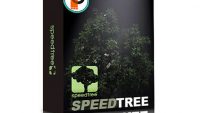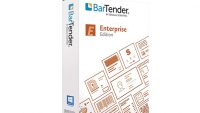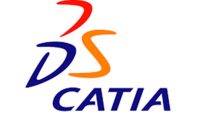V-Ray Advanced for Maya overview
What is V-Ray Advanced?
V-Ray Advanced is a version of the V-Ray rendering software that includes additional features and capabilities not found in the standard version. It is designed for professional artists and visualization professionals who require advanced functionality and greater control over their renderings. The advanced version of V-Ray offers additional tools for working with materials, lighting, and global illumination, as well as support for advanced features such as network rendering and progressive image sampling. With V-Ray Advanced, users can achieve high-quality, photorealistic renderings with increased speed and accuracy.
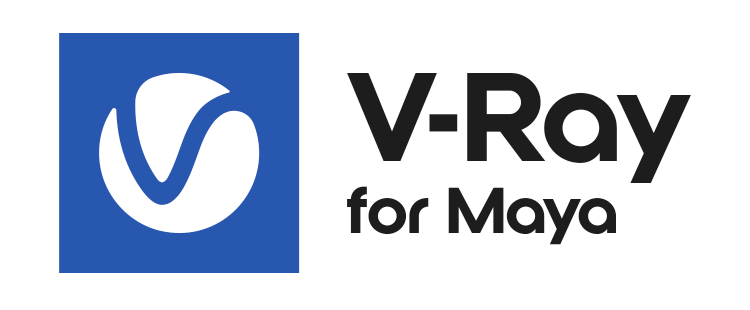
V-Ray Advanced for Maya
V-Ray Advanced for Autodesk Maya is a widely used and highly regarded rendering solution in the industry, offering a range of advanced features and capabilities for artists and visualization professionals.
Users generally praise V-Ray Advanced for its ability to produce photorealistic images, with accurate lighting and materials. The software is known for its fast and efficient rendering capabilities, and its wide range of customization options and settings, making it a powerful and versatile solution for even the most complex projects.
Additionally, V-Ray Advanced is well-integrated with Maya, providing a seamless workflow for artists and making it easy to use in a production environment.
Overall, V-Ray Advanced for Maya is widely considered to be one of the best rendering solutions for the Maya platform, with its advanced features, high-quality output, and strong integration with Maya.
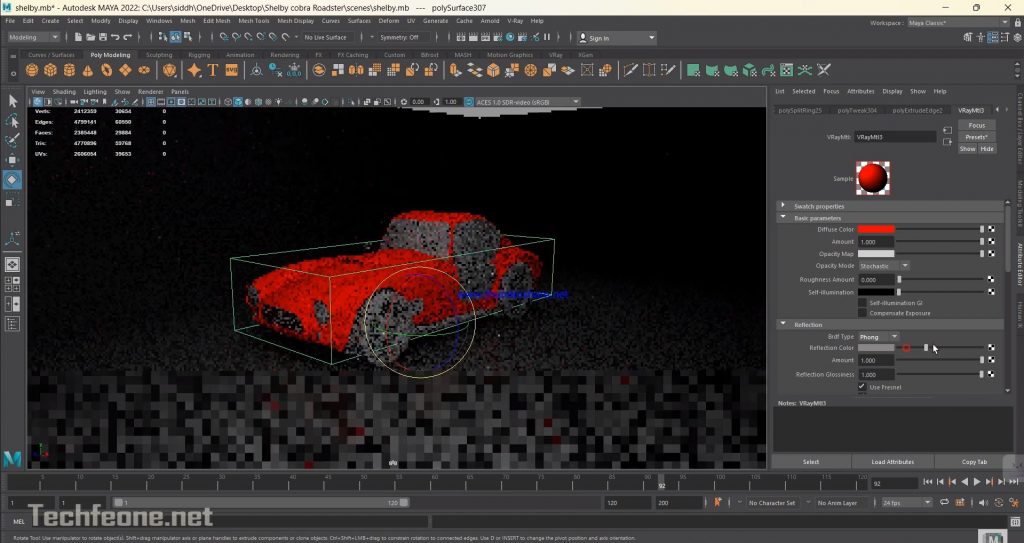
Features of V-Ray Advanced for Autodesk Maya
- V-Ray Core Rendering Engine:
V-Ray incorporates a powerful rendering engine known for its realism, producing high-quality images with accurate lighting, shading, and reflections.
- V-Ray Frame Buffer:
V-Ray comes with its own frame buffer that offers advanced controls and post-processing options for adjusting the final rendered image.
- V-Ray RT (Real-Time Rendering):
V-Ray RT provides real-time interactive rendering, allowing artists to visualize changes in the scene quickly.
- VRayMtl Material:
V-Ray for Maya includes the VRayMtl material, a versatile shading material that supports complex surface appearances, reflections, and refractions.
- V-Ray Dome Light:
The V-Ray Dome Light is a powerful environment lighting solution that provides realistic image-based lighting (IBL) for scenes.
- VRayProxy:
VRayProxy allows users to efficiently manage and render large amounts of geometry by using lightweight proxy objects.
- VRayPhysicalCamera:
V-Ray for Maya includes a physical camera model, simulating real-world camera settings for achieving realistic depth of field, exposure, and camera effects.
- Global Illumination:
V-Ray supports global illumination techniques, such as path tracing, for accurate simulation of indirect lighting in scenes.
- V-Ray Fur:
V-Ray includes a fur rendering system that allows for the creation of realistic fur and hair on 3D models.
- V-Ray Denoiser:
V-Ray features a denoising tool that helps reduce rendering noise in images while maintaining high-quality results.
- Environment Fog:
V-Ray includes features like environment fog to simulate realistic atmospheric effects in scenes.
- Network Rendering:
V-Ray supports distributed rendering across multiple machines, enabling users to optimize rendering times for large and complex scenes.
- Adaptive DMC Image Sampler:
V-Ray utilizes an adaptive DMC (Distributed Monte Carlo) image sampler to optimize rendering performance by concentrating computation on areas that require more detail.
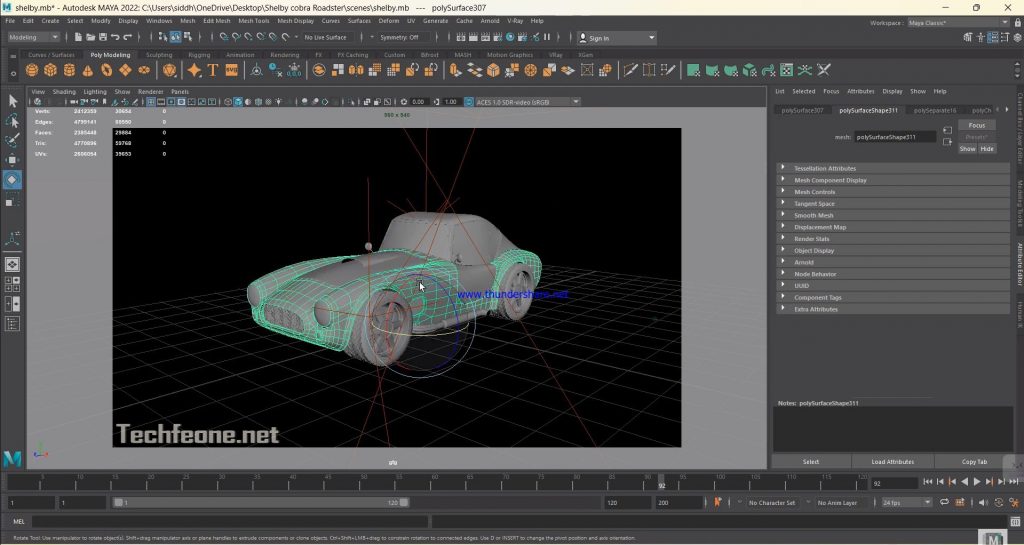
The minimum system requirements:
- Operating System: Windows 7, 8, or 10 (64-bit), or macOS 10.13 or higher.
- Processor: A 64-bit CPU with multi-core support is recommended.
- RAM: 8 GB of RAM or more is recommended.
- Graphics Card: A GPU with support for DirectX 11 or OpenGL 4.1 or higher is required. A GPU with at least 2 GB of video memory is recommended.
- Autodesk Maya: V-Ray Advanced for Autodesk Maya requires a compatible version of Autodesk Maya to be installed on the same machine.
- Storage: 1 GB of hard disk space is required for the V-Ray installation, and additional space may be required for rendering projects and cache files.
- Display: A display with at least 1024 x 768 resolution and 24-bit color is recommended.
Please note that these are the minimum system requirements for V-Ray Advanced for Autodesk Maya, and higher specifications may be required for large or complex projects
V-Ray Advanced for Autodesk Maya Free Download
V-Ray for Maya 2023 is available for free, with no further strings attached, through the rapid download services provided by Techfeone.net. With one click on the “Download” button, you can start the Free Download.
V-Ray Advanced 6.00.03 for Maya 2019
V-Ray Advanced 6.00.03 for Maya 2020
V-Ray Advanced 6.00.03 for Maya 2022
V-Ray Advanced 6.00.03 for Maya 2023
V-Ray Advanced 5.20.02 for Maya 2023
Unzip Password (if any): techfeone.net
Note:
- Whenever a password is required for a packed file, it is always techfeone.net
- Installation instructions are in the downloaded file
- Please refer to the Readme.txt for installation and usage instructions.
- Disable anti-virus software and Windows Defender before extracting the files
How to install V-Ray for Autodesk Maya
- First, Autodesk Maya must be installed.
- Disable anti-virus software and Windows Defender (Note also turn off Windows Defender)
- Extract the downloaded file
- Run Setup to install the program, do not install License Server
- Select Advanced > Don’t Share > Select Download Library if needed> Select Local > Install
- Copy “vray_xxx_maya_fix.dll” to the path “C:\Program Files\Autodesk\Maya2020\vray\vrayplugins“ (This path may vary according to V-Ray version. So read the Readme file if necessary)
- Done!

